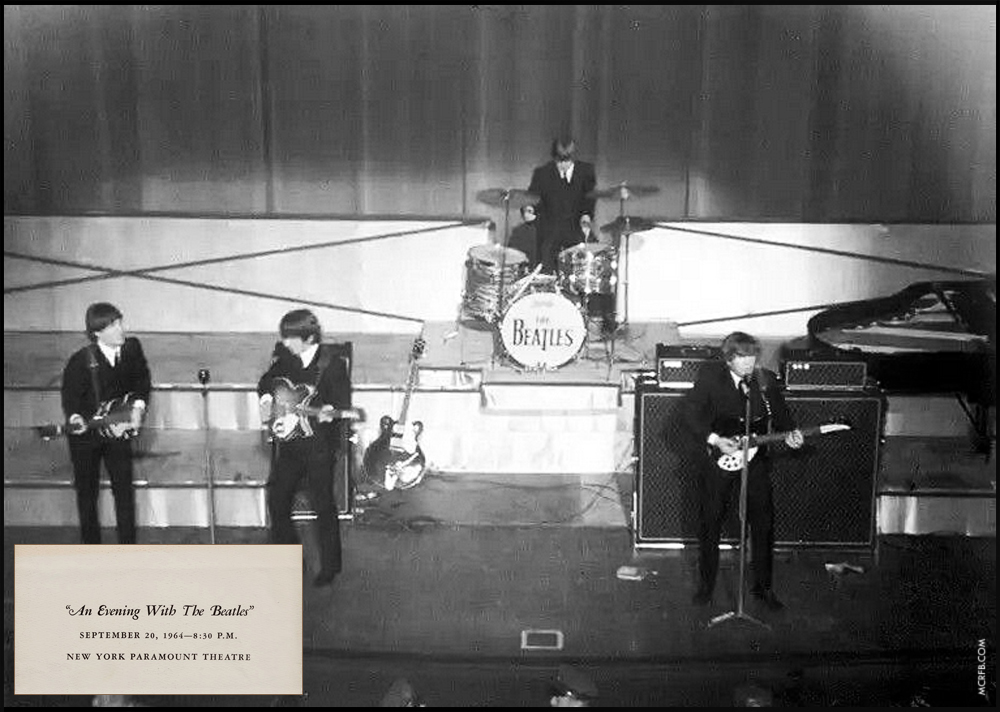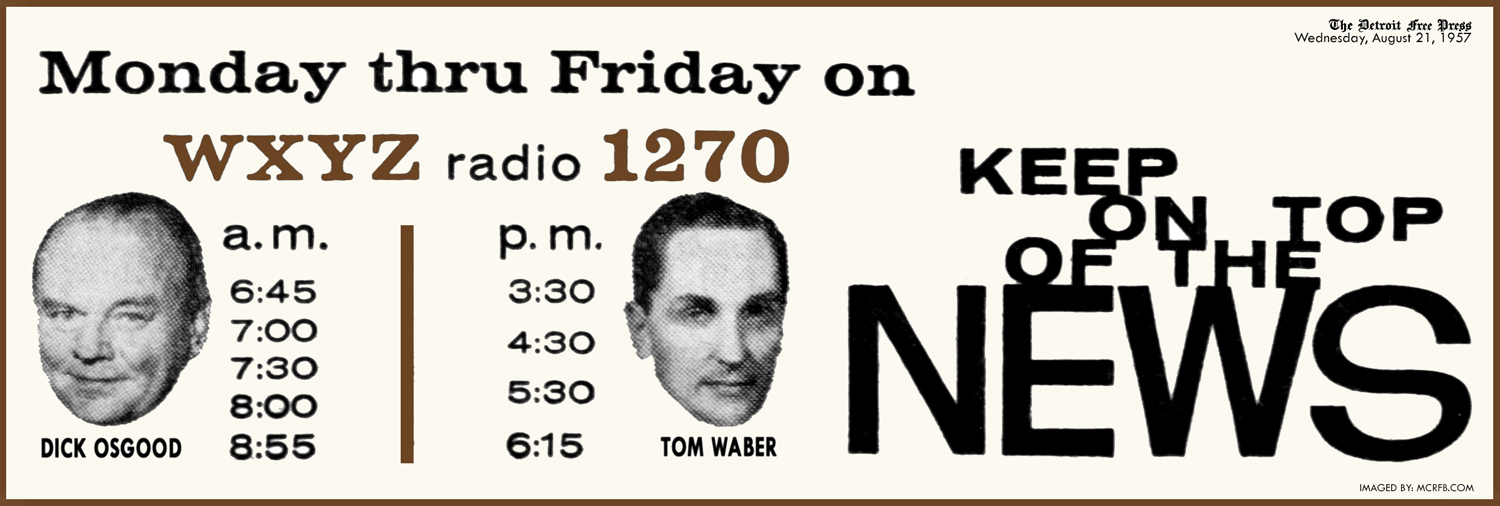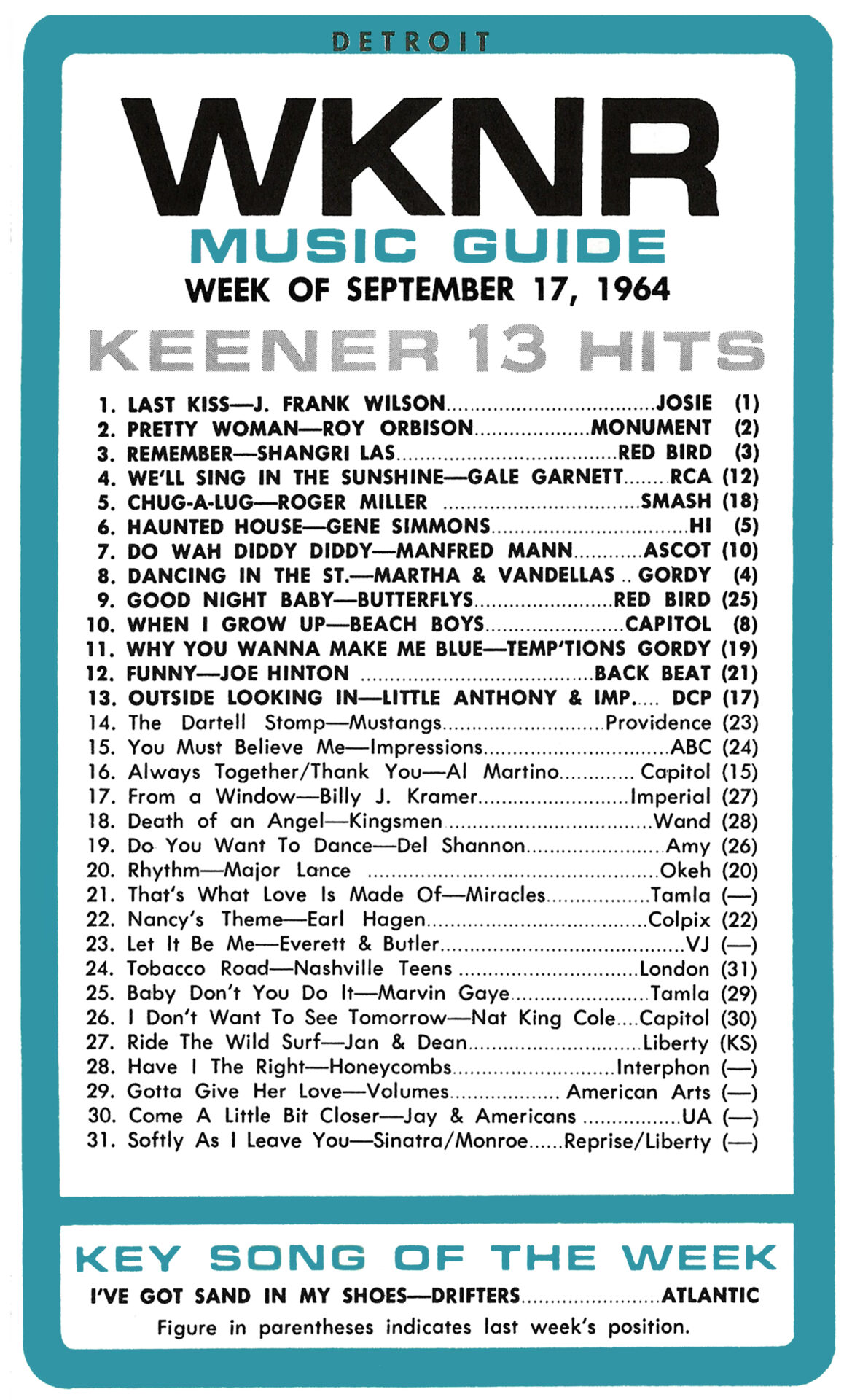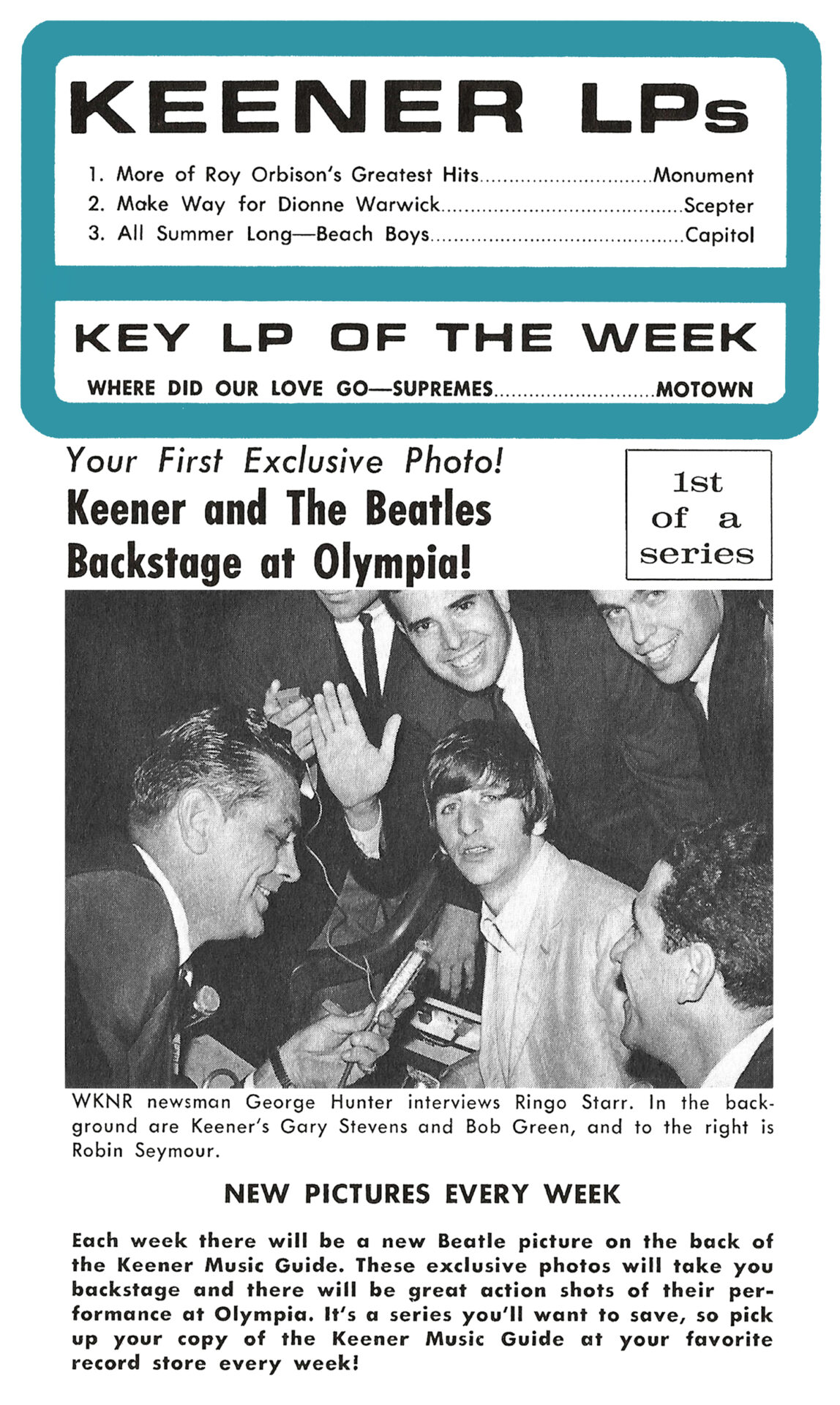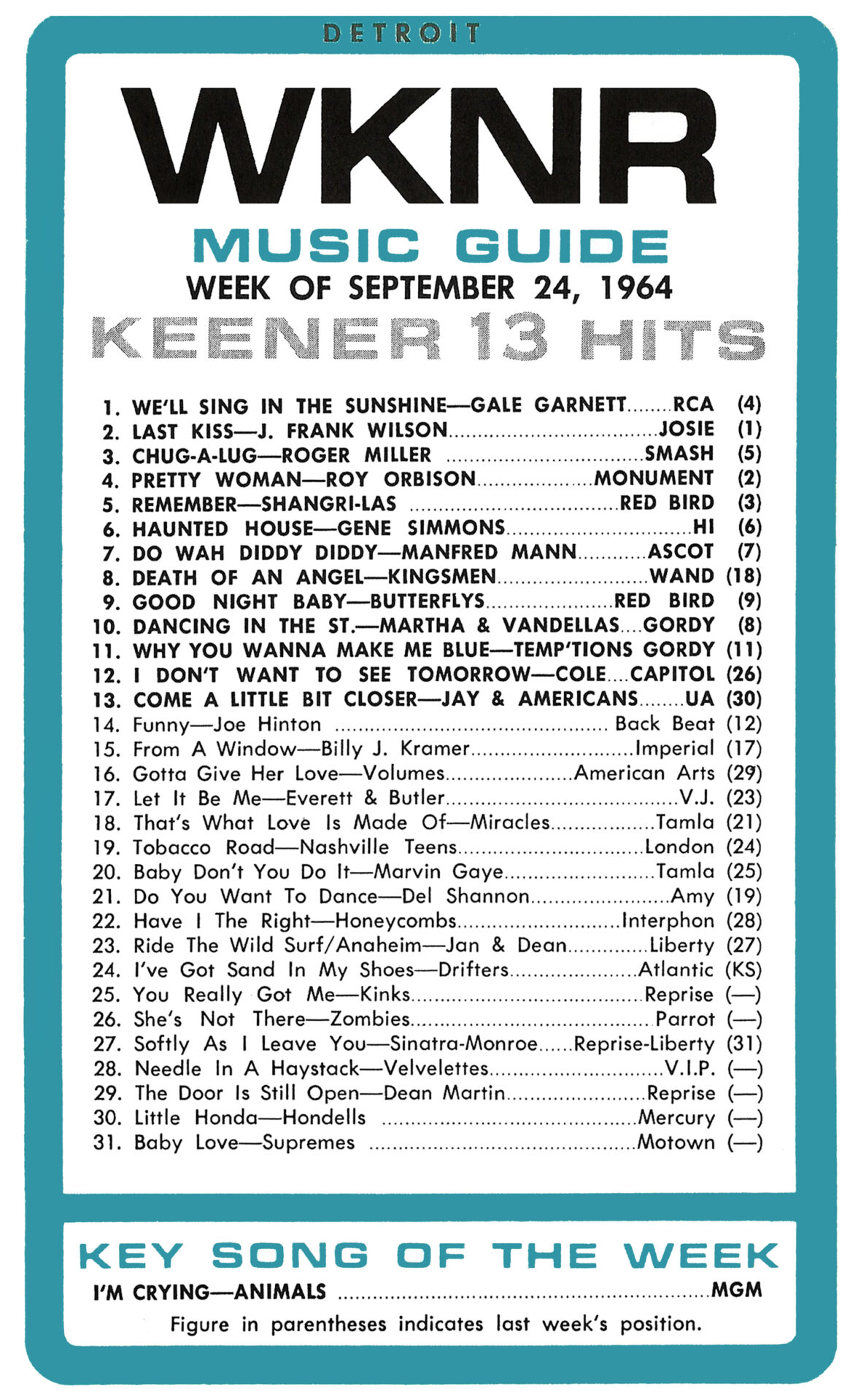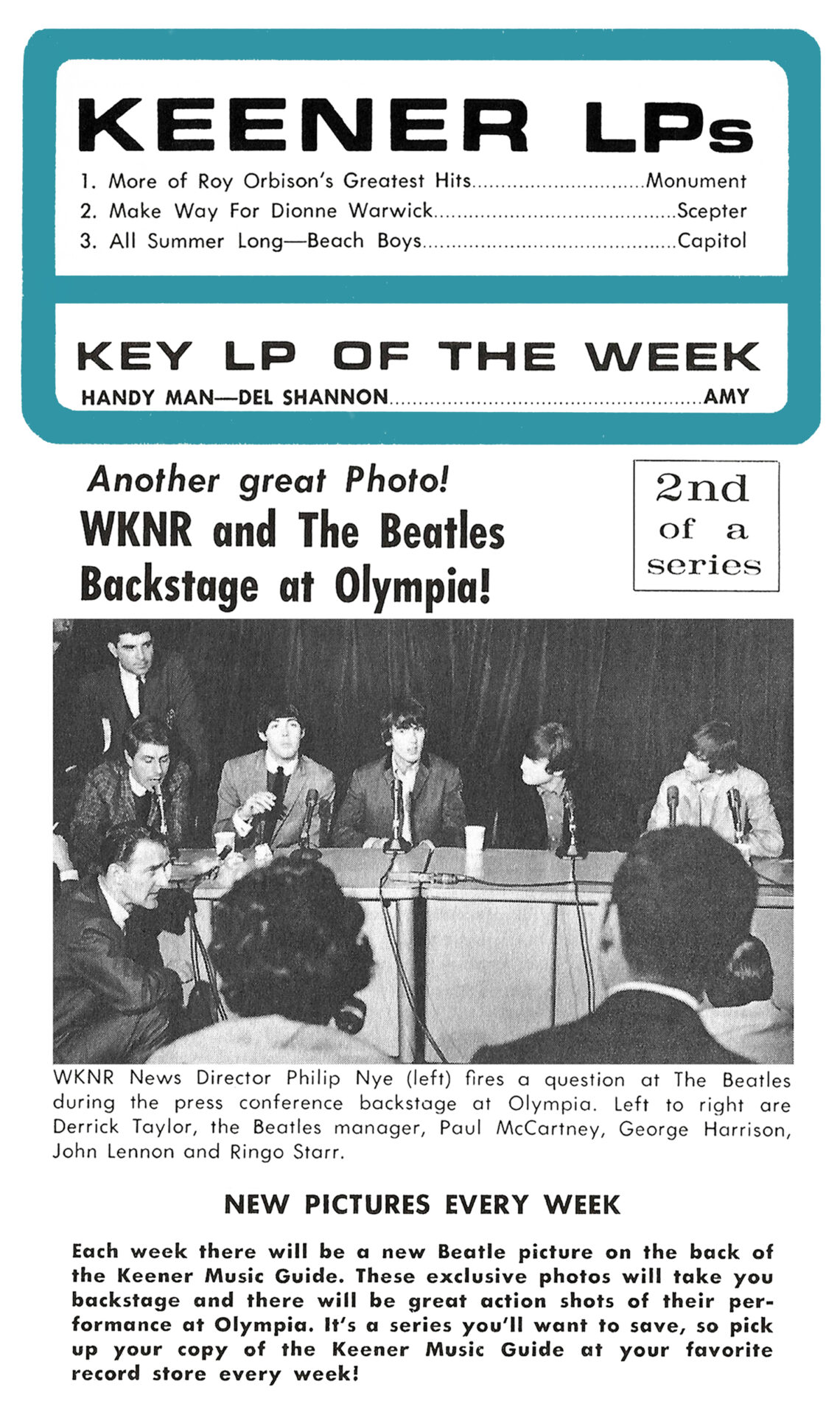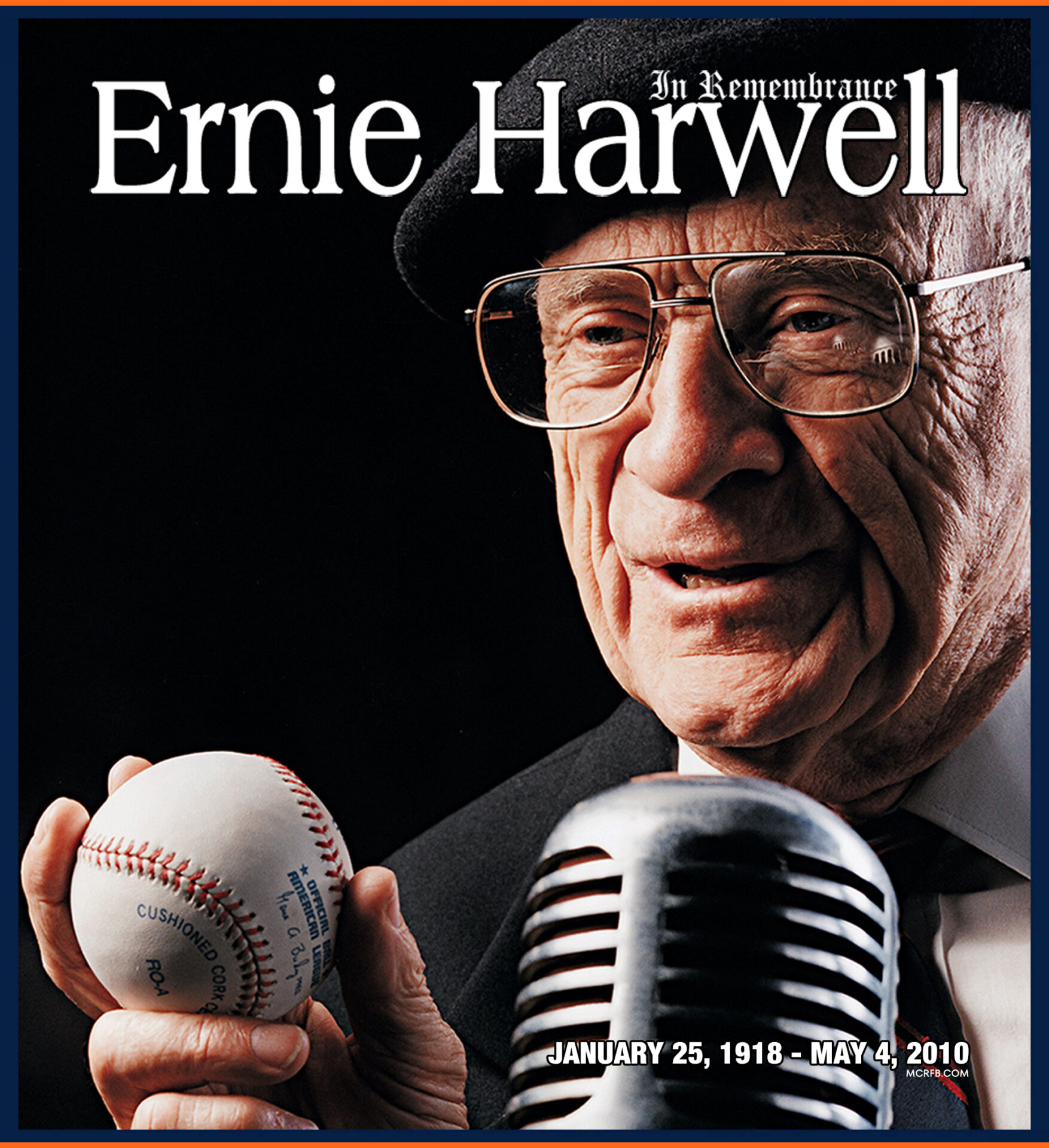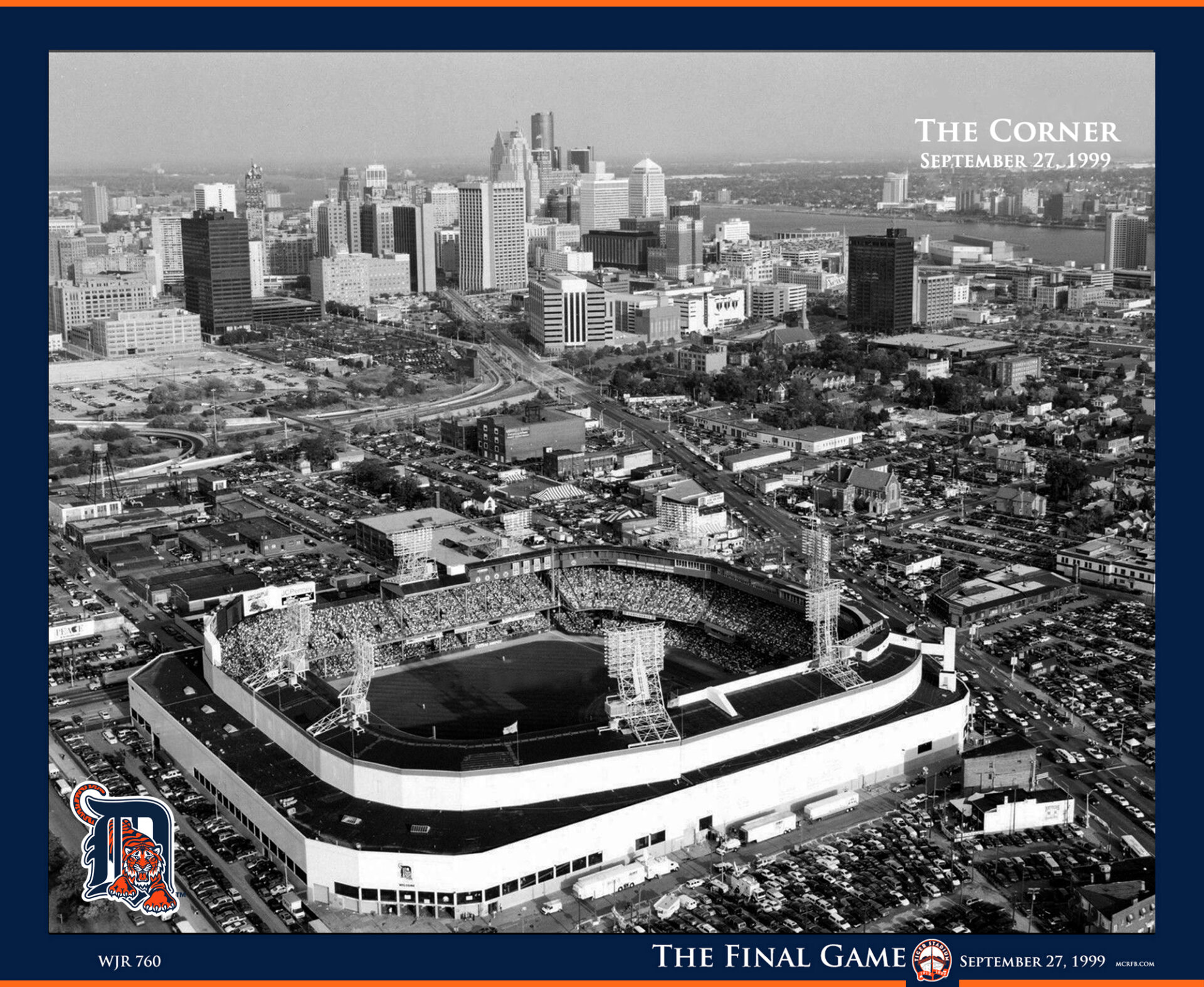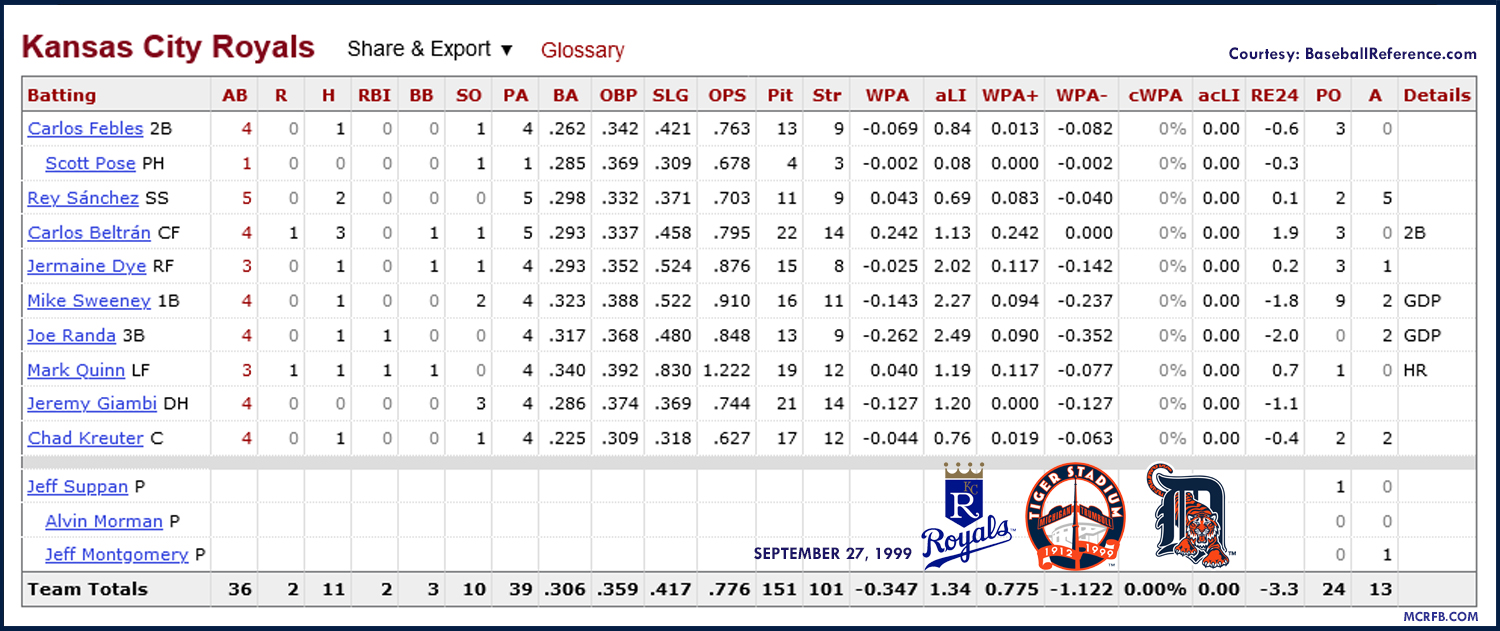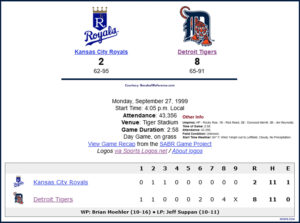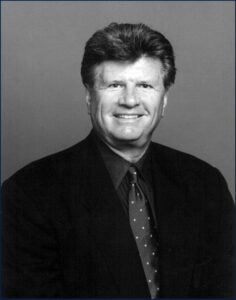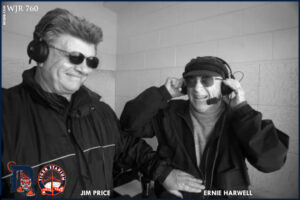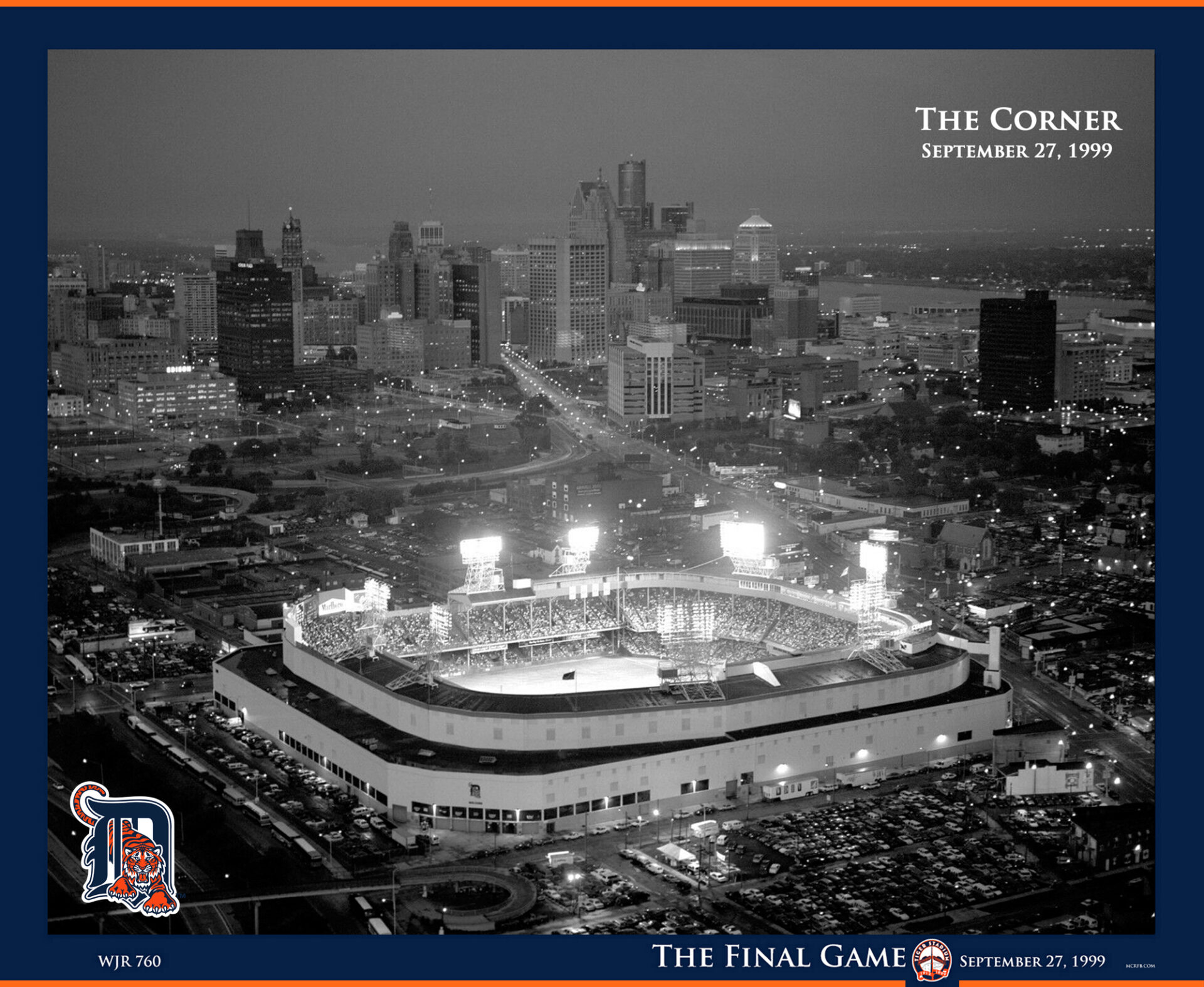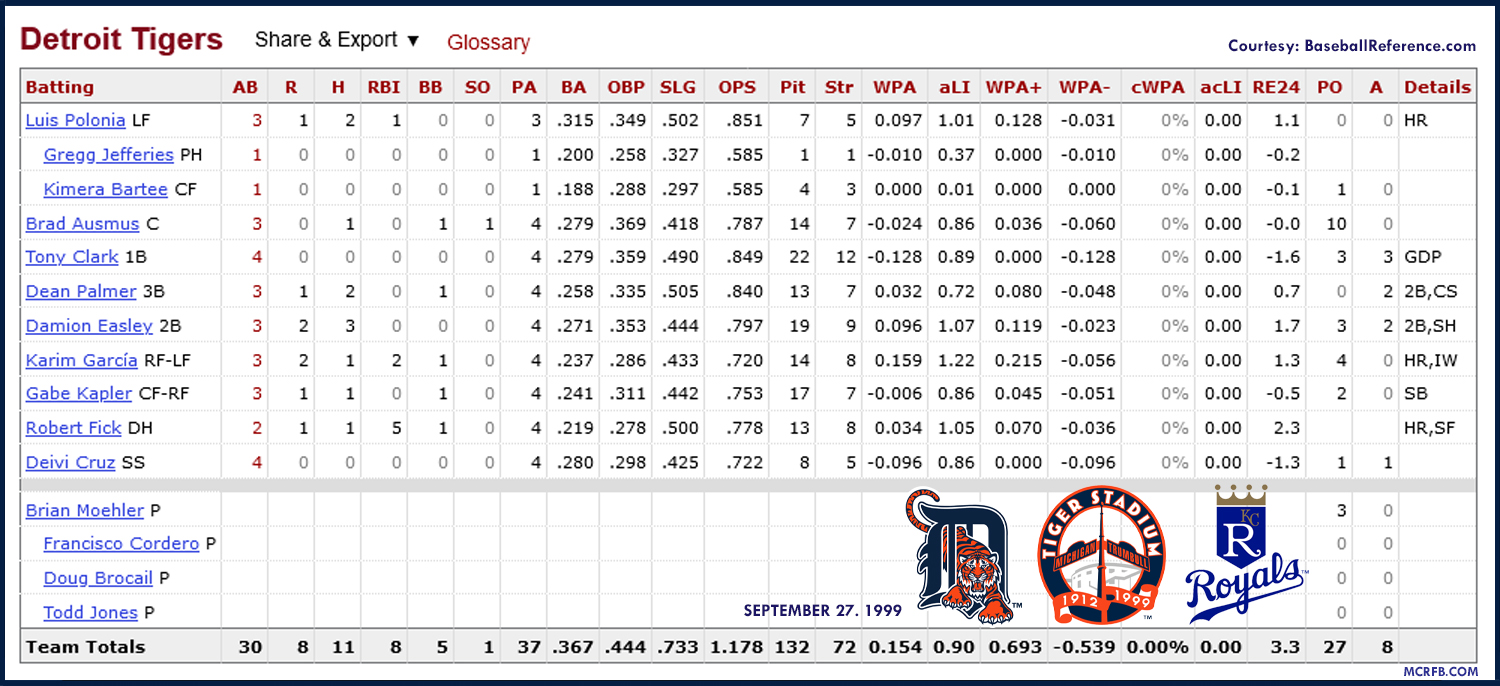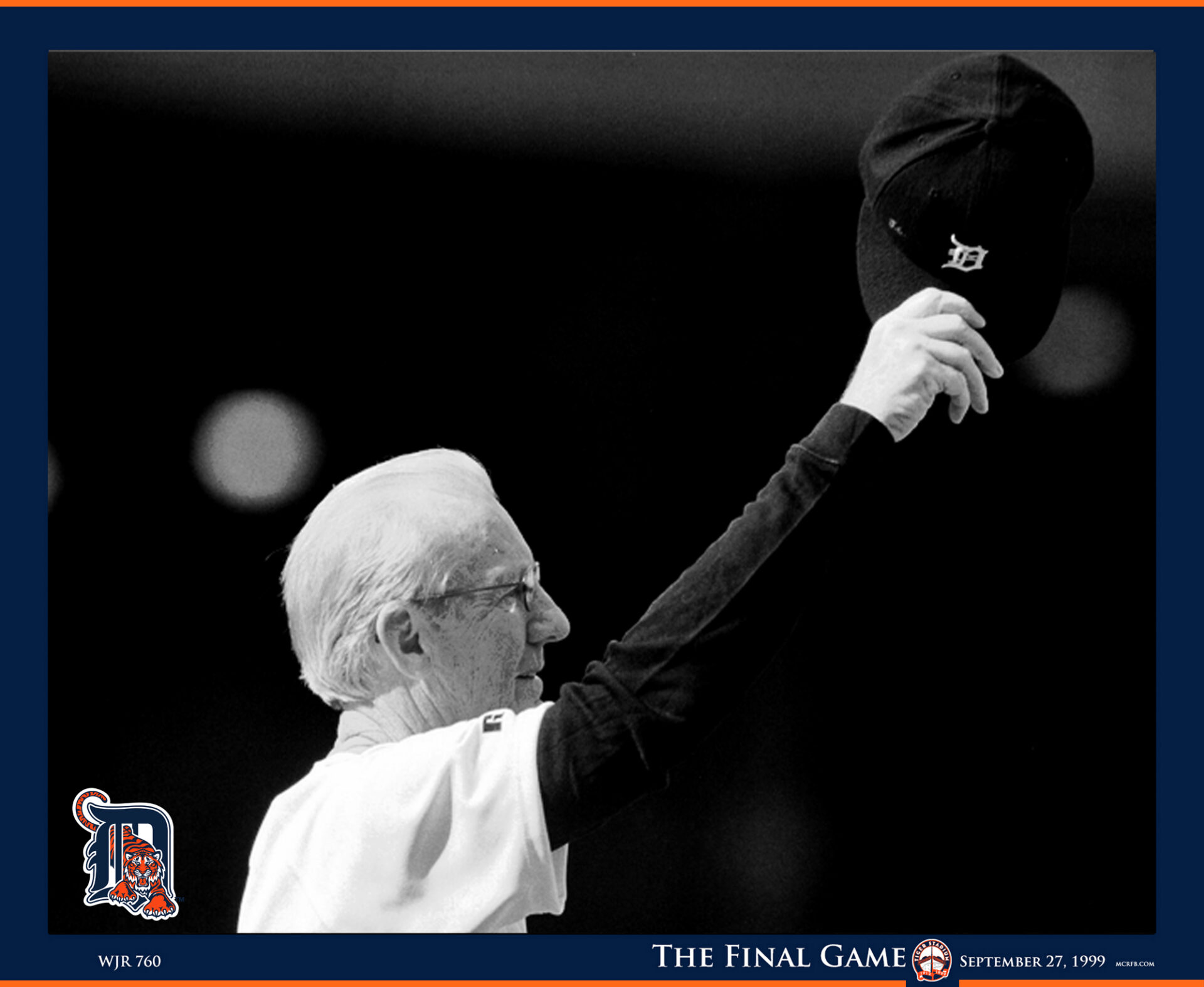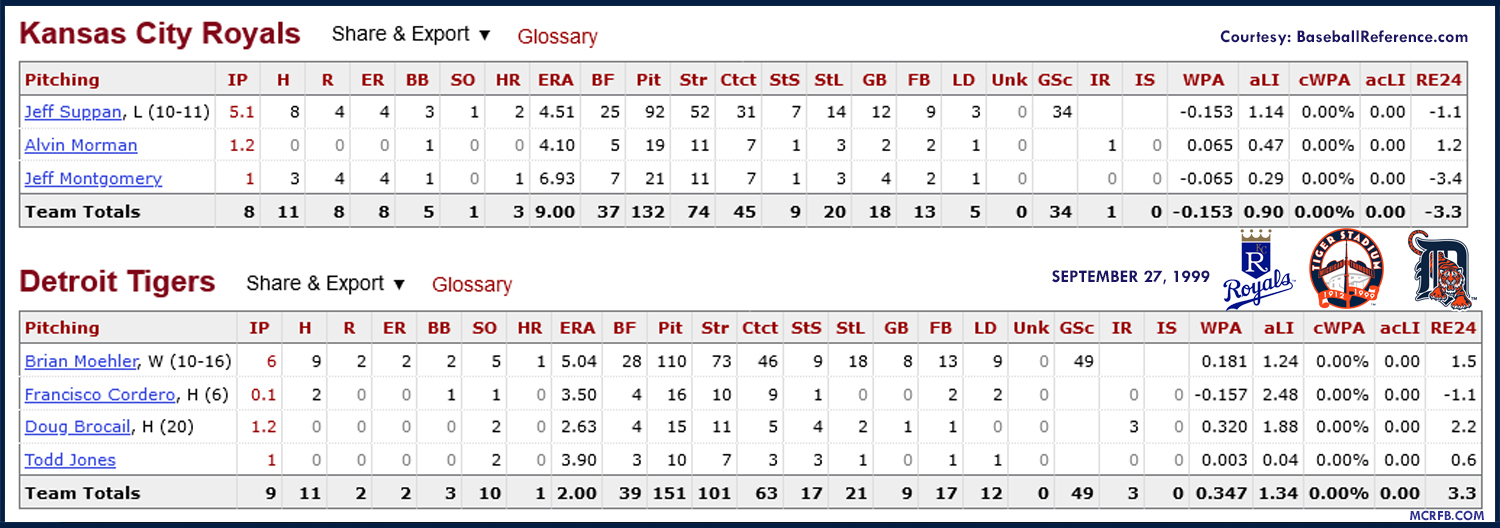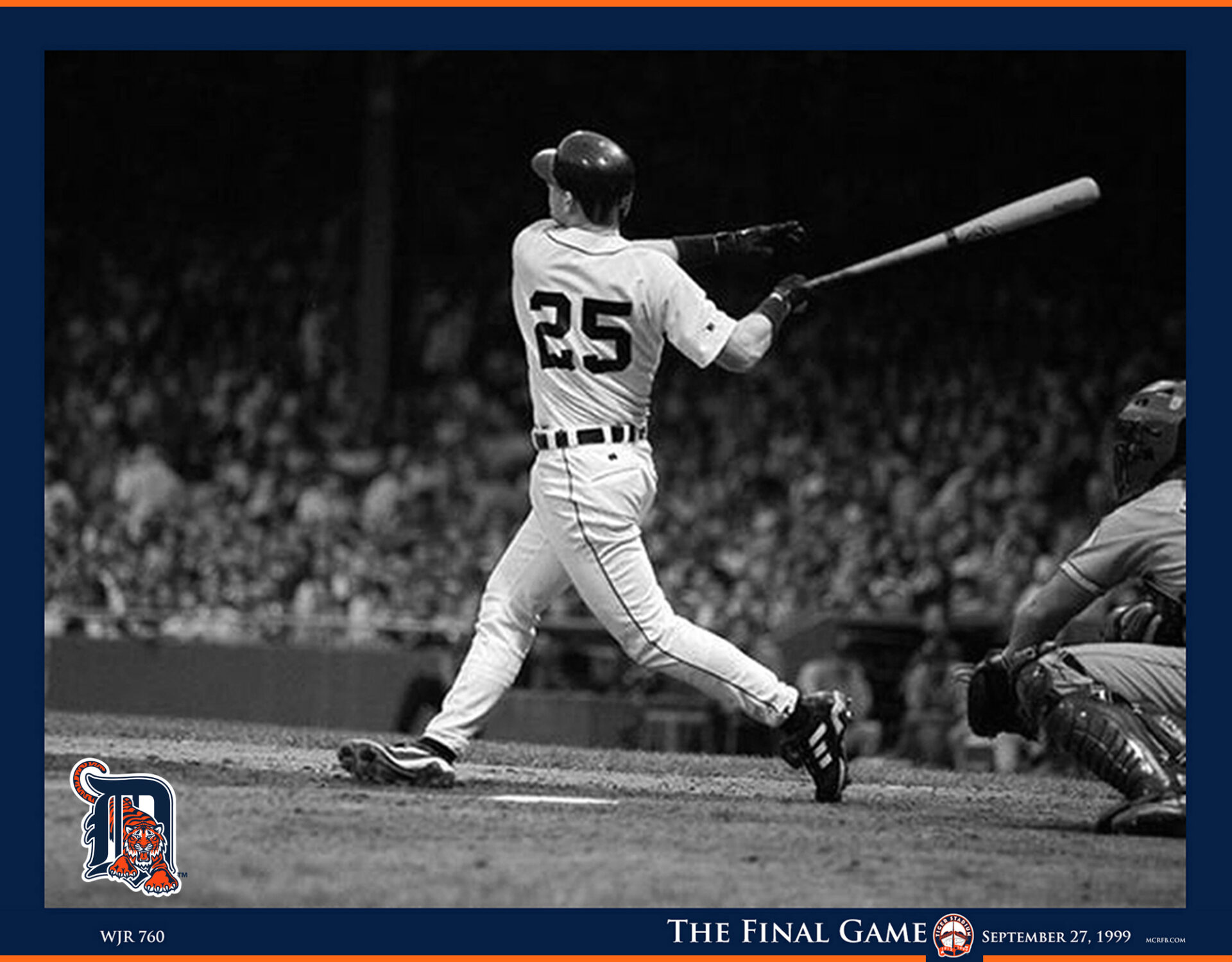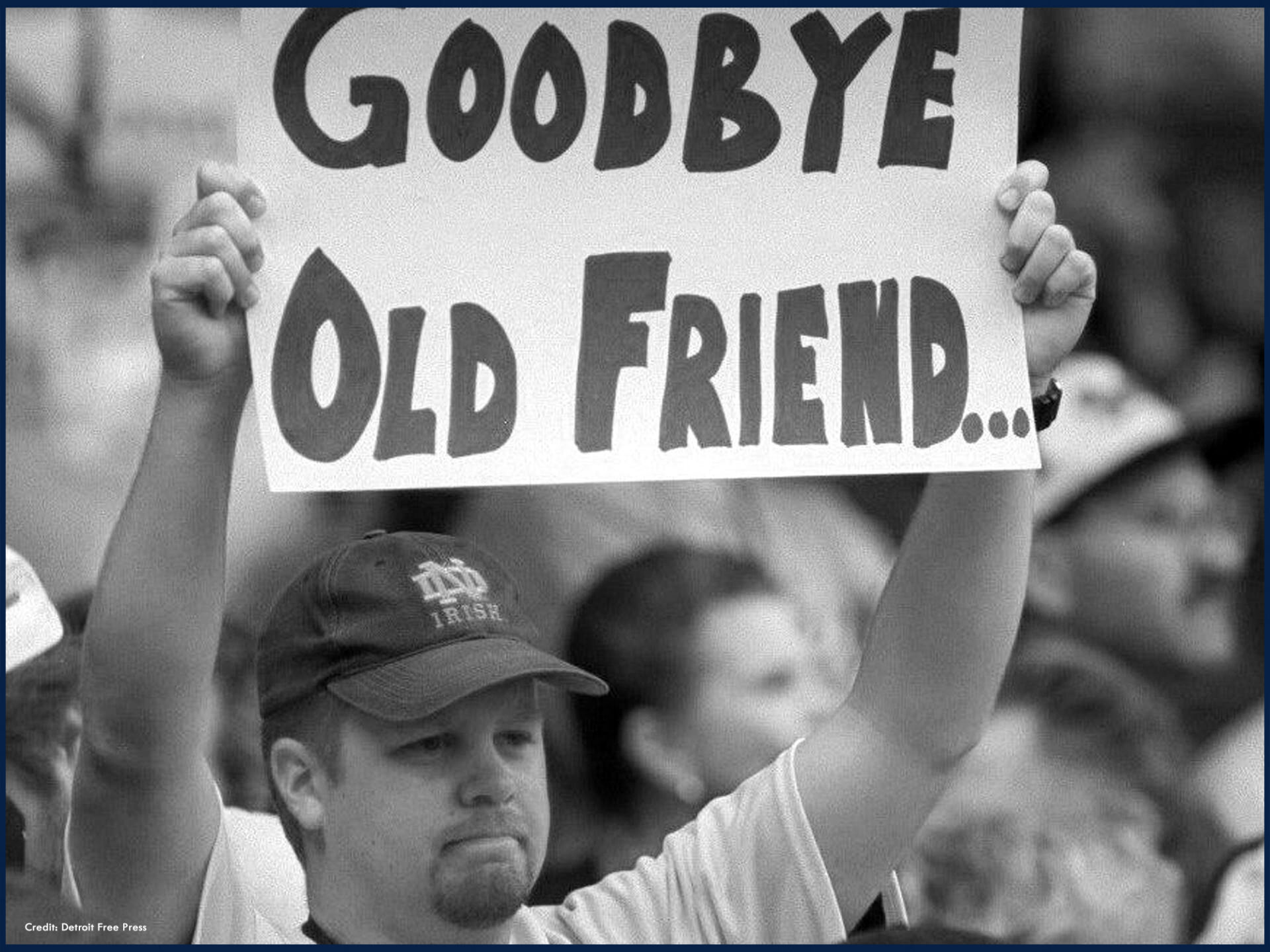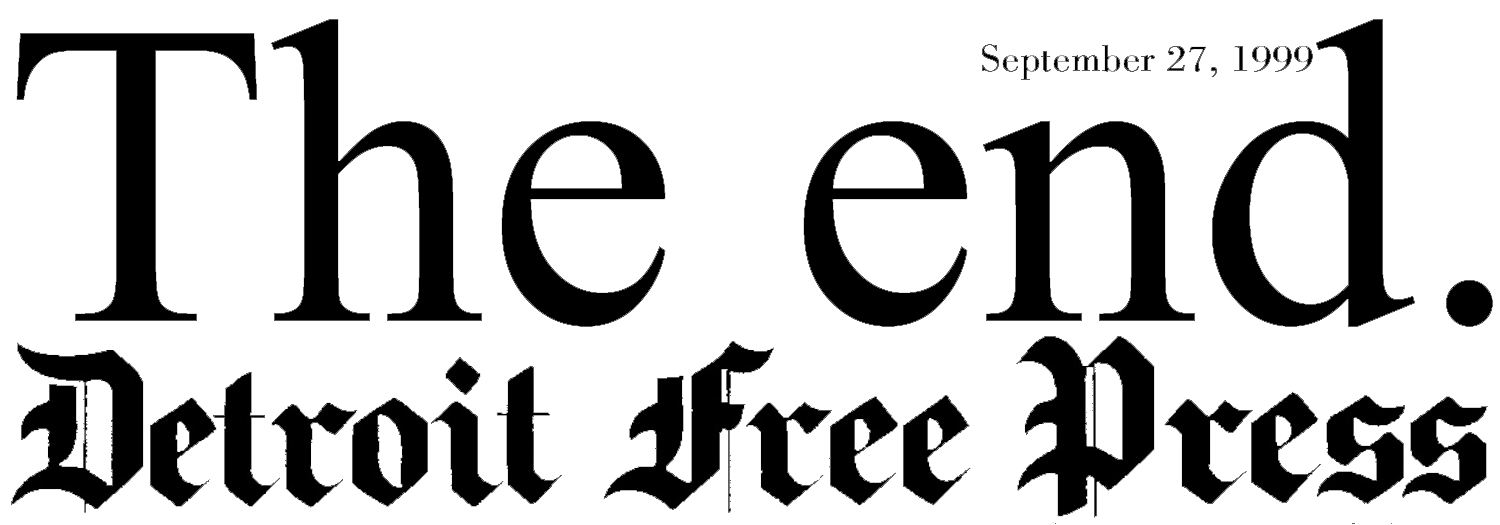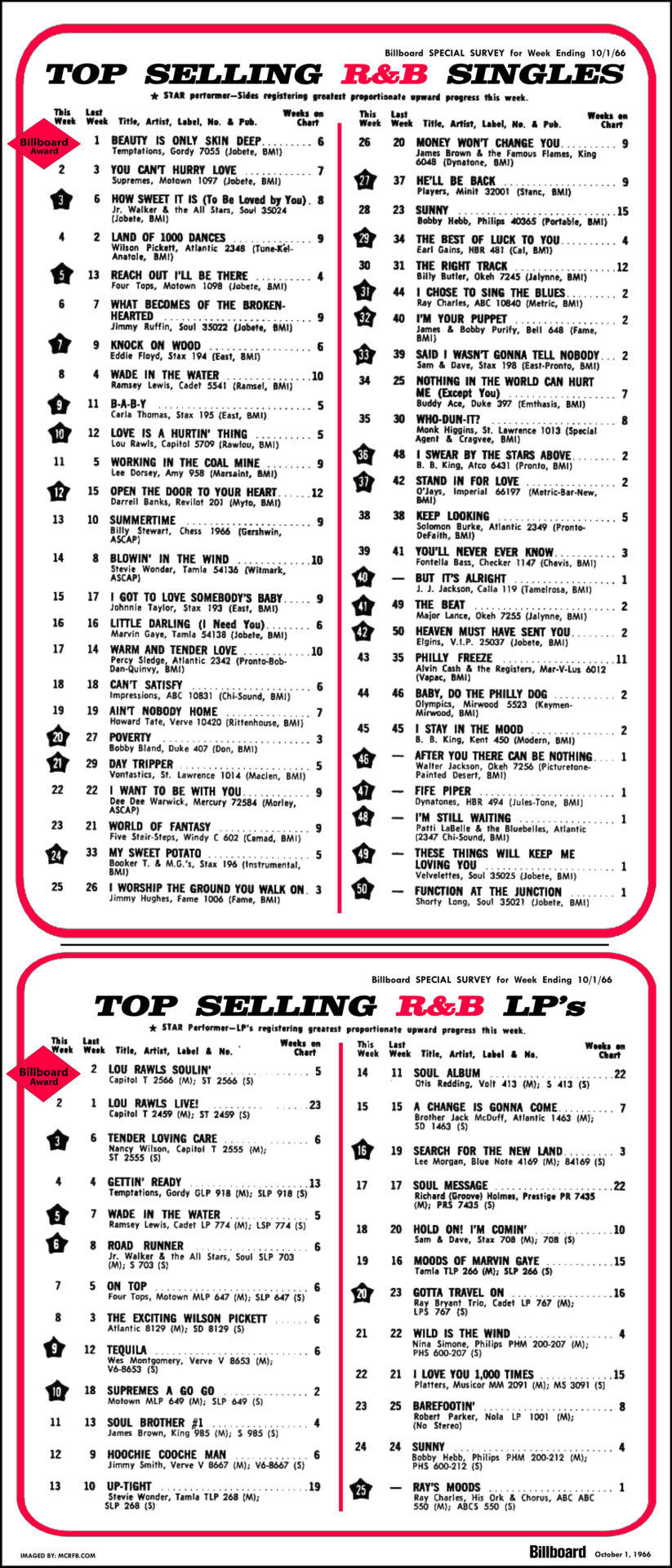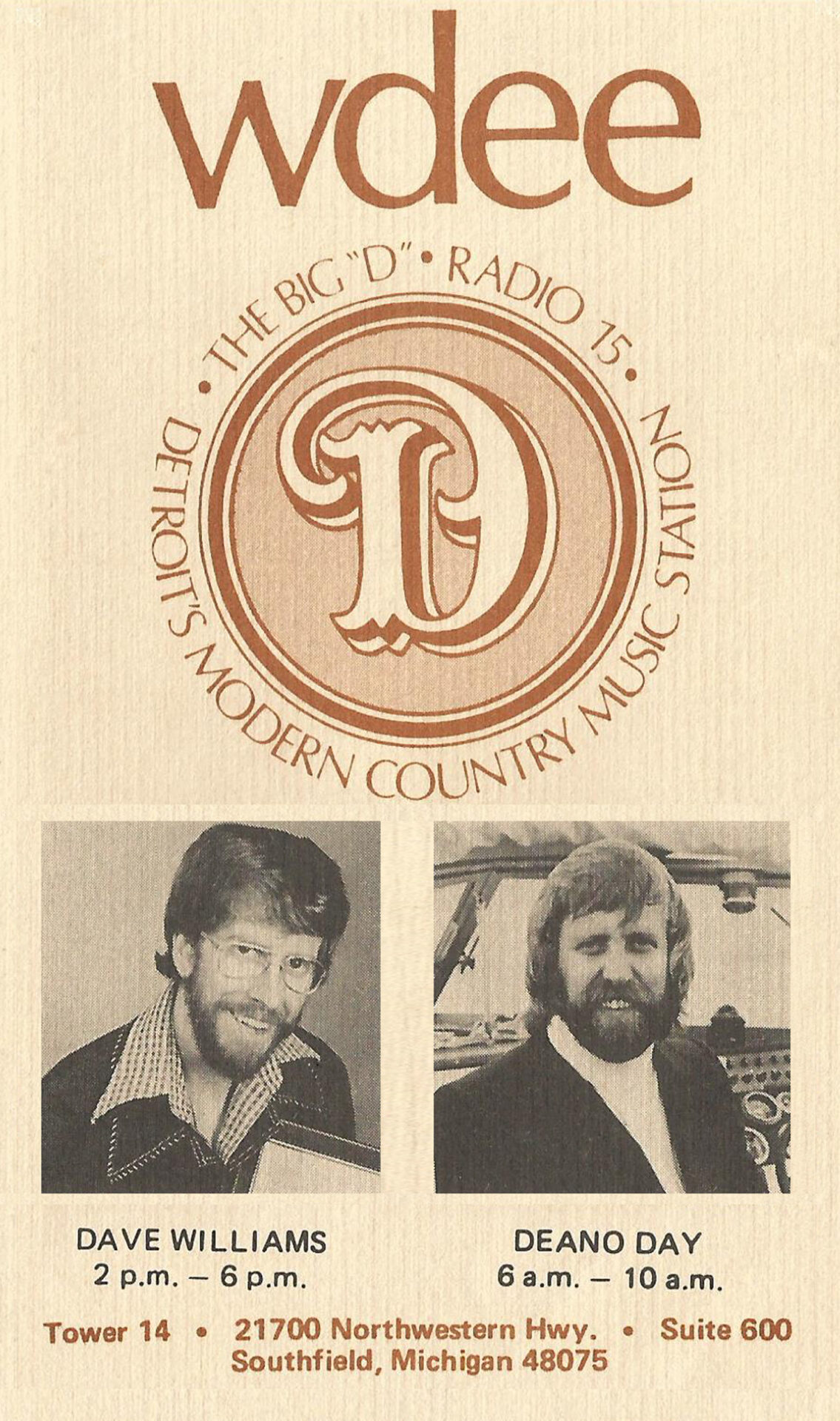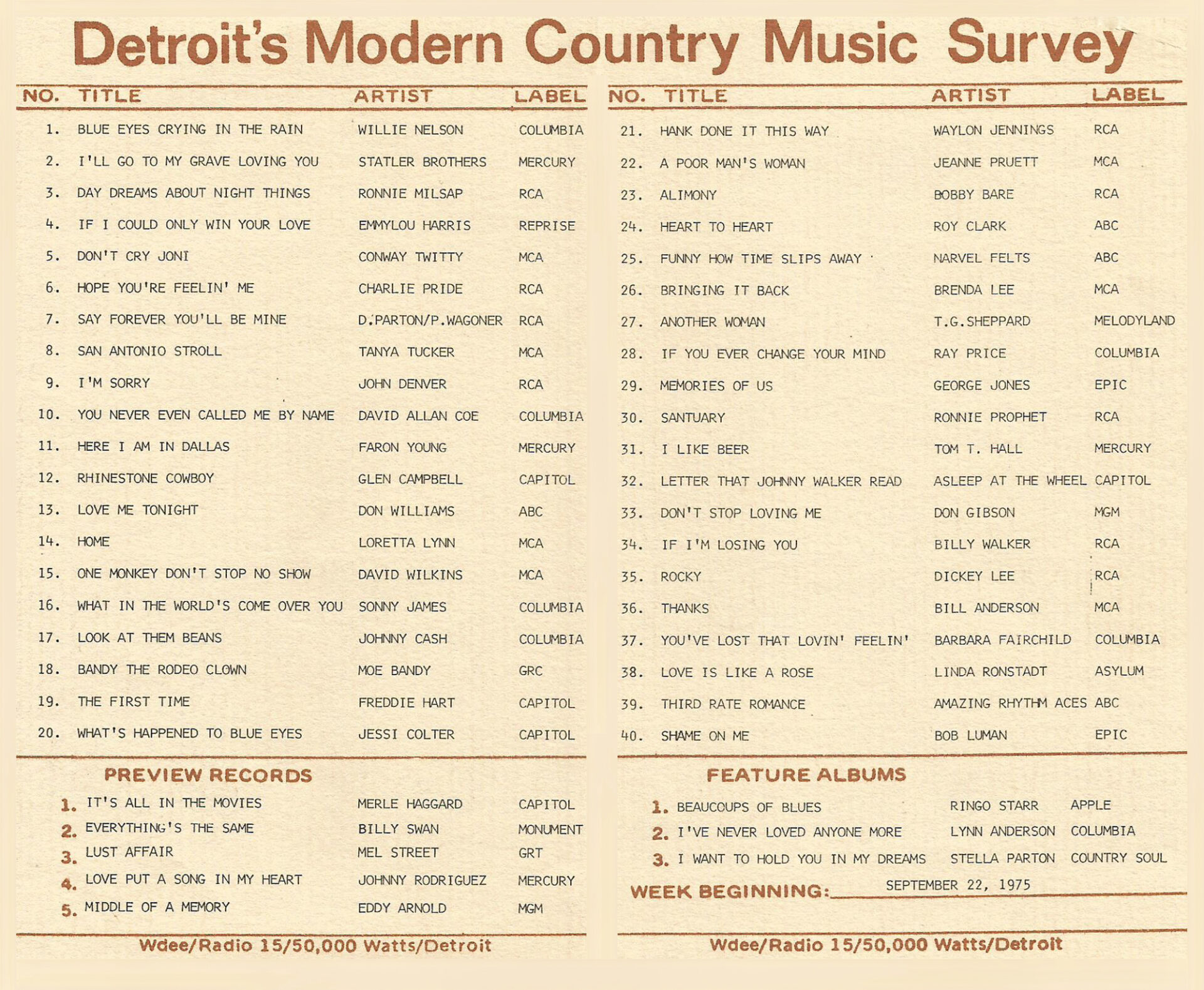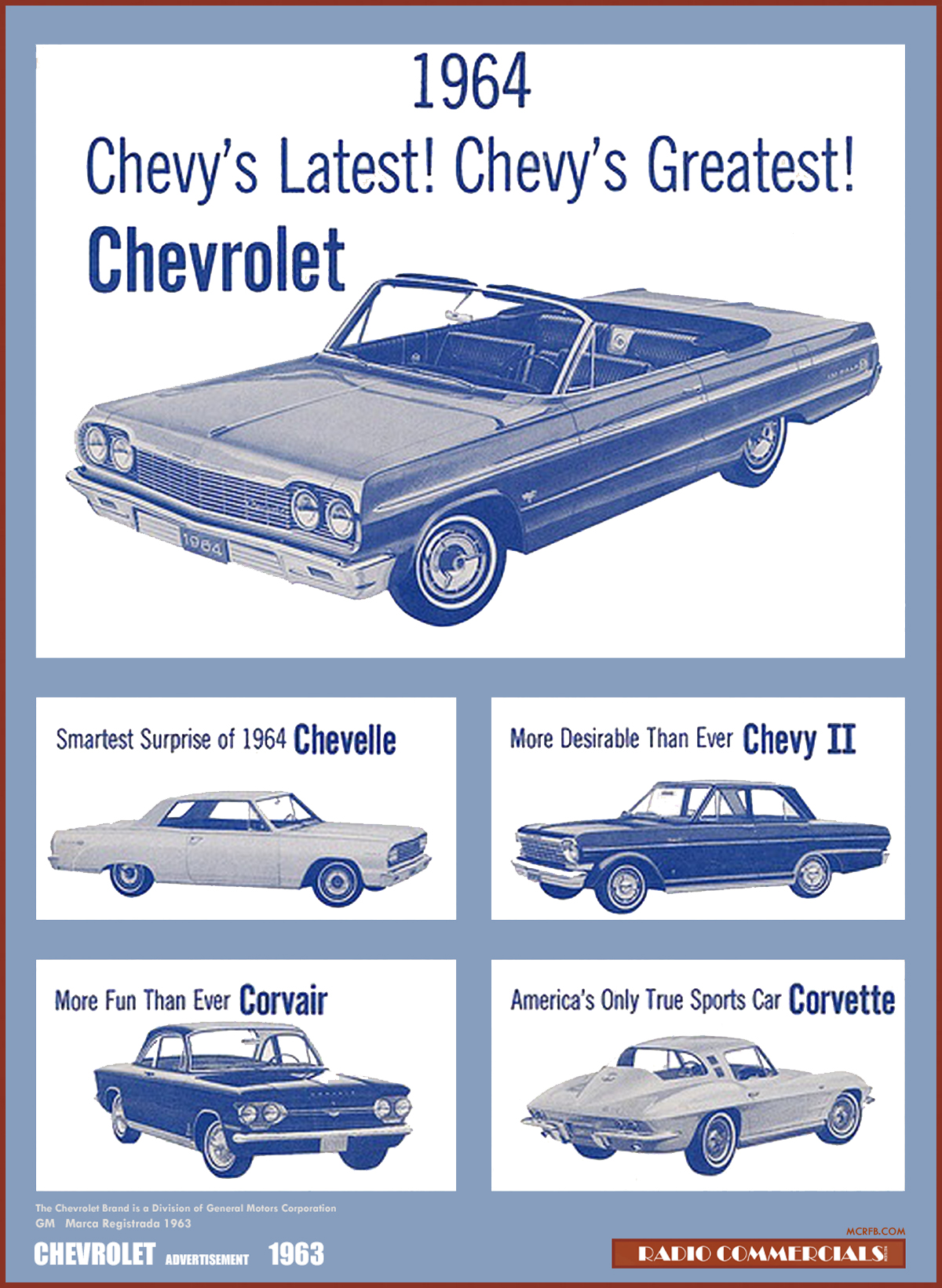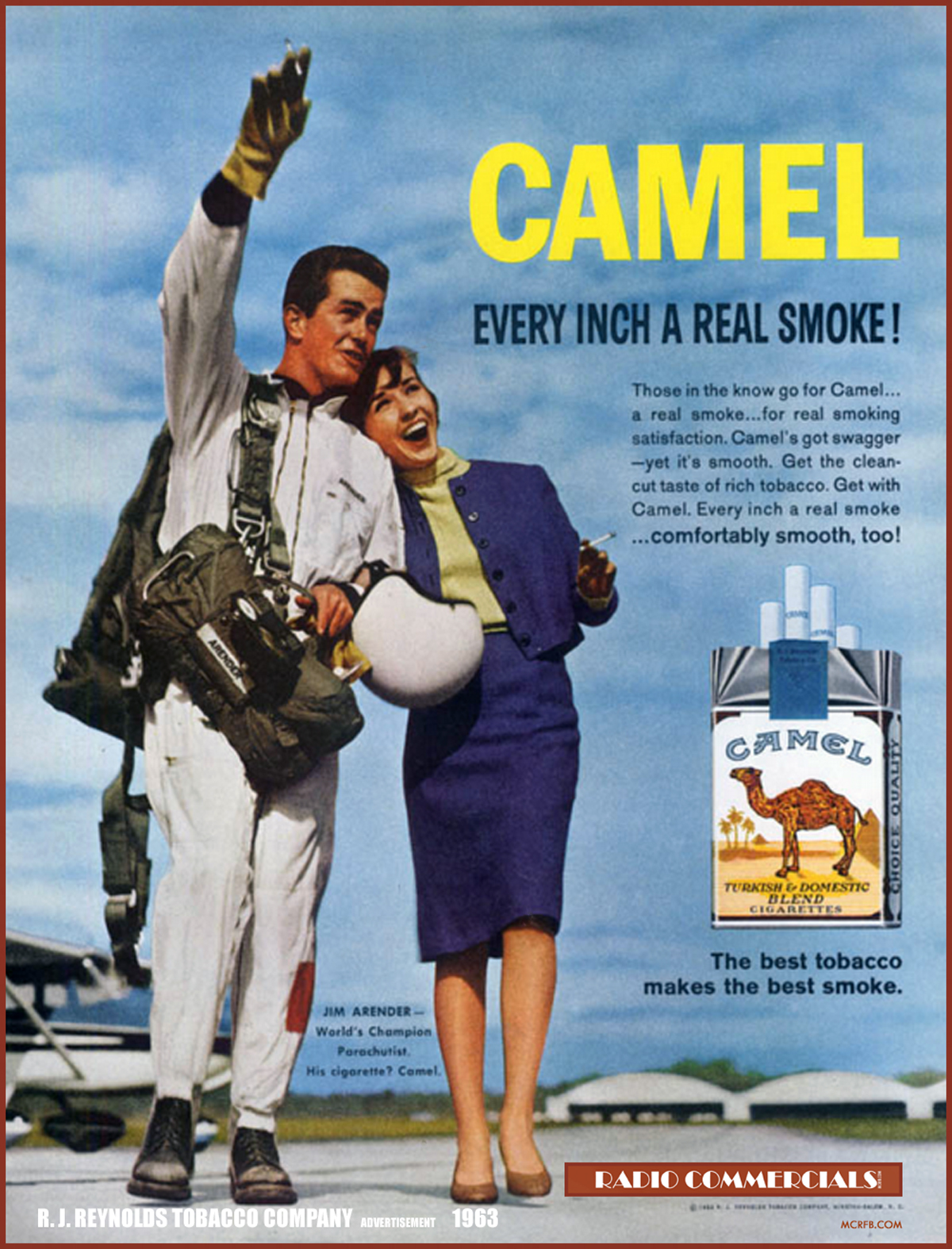 NYC Paramount Theater Performance Ends Beatles’ First North American Tour as Group Return to UK
NYC Paramount Theater Performance Ends Beatles’ First North American Tour as Group Return to UK
Fitting climax. With four bomb scares and 25,000 miles of flight time safely behind them, the Beatles concluded their first American tour last Sunday (20) evening in a spectacular burst of glory and noise on the stage of New York’s historic Paramount Theater. It was a fittingly wild and screeching climax to an already event-packed tour.
 Earlier in the week, the group had performed in a New Orleans setting which amounted to the “biggest fiasco of the tour, bar none,” (said an observer) and met mob scenes in Dallas (“which scared the daylights out of all of us”) and brought Ringo Starr to the gasping, tongue-hanging -out stage as one female Texan clamped a steely half nelson hold on him.
Earlier in the week, the group had performed in a New Orleans setting which amounted to the “biggest fiasco of the tour, bar none,” (said an observer) and met mob scenes in Dallas (“which scared the daylights out of all of us”) and brought Ringo Starr to the gasping, tongue-hanging -out stage as one female Texan clamped a steely half nelson hold on him.
New Orleans fiasco. Flying to the delta country for a Wednesday (16) concert, the party found conditions chaotic. The setting was an open end football stadium with the stage on the 10 yard line. “A lot of the fans found they were a long distance away and they wanted to get closer,” said one on-the-spot report, “so they swarmed all over the field with the police trying to get in their way and making an occasional tackle. It was really like a mass football game while the Beatles were trying to put on their act.
“Another trouble was that the place had no built-in P.A. system. What they had was seven speakers mounted on a single pole. Of the three mikes, John’s mike. What a mess. And the motel didn’t even have room service. We got out of there fast, and headed for Kansas City.”
Finley drops $75,000. In the latter city, Kansas City Athletics baseball magnate, Charlie Finley, paid the Beatles the highest fee of the tour, $150,000, for a brief appearance at the A’s ball park. It was a losing deal for Finley because the 21,000 ticket holders weren’t enough to get him off the nut. It’s estimated he dropped about $75,000 on the promotion.
Despite Finley’s loss the Beatles and company couldn’t have been happier. The police cooperated, the stadium equipment was fine, and the Hotel Muehlebach took good care of the party. At Dallas it was a different story.
Dallas mob scene. “We were mobbed at the airport and mobbed at the motel and the newsmen in the party played the part of the police,” came one eye witness report. Dallas, site of President Kennedy’s assassination only 10 months ago, provided two of the tour’s four bomb scares and the only serious injury to a fan.
It was at the Cabana Motor Inn where one fan locked a strangle hold on Ringo and had him gasping, until newsmen, not police, finally freed the drummer. Out front of the motel’s main lobby, a tremendous pressure of humans built up against a huge plate glass window. Finally, like a bursting dam, the window shattered and bodies spilled into the lobby. One girl was seriously injured with facial gashes. “It took 25 minutes to get an ambulance,” came the report, “But she was sent to Parkland Hospital and she’s okay now. The boys talked to her a couple of times on the phone.”
Beatles on horseback. At the concert site, the Memorial Coliseum, the first Dallas bomb threat developed and the performance was held up for an hour while the building was searched. After the concert the boys alone were flown to Walnut Ridge, Missouri, where they were guests for 24 hours on the 13,000 acre ranch owned by cattleman-financier, Reed Pigman. Here they tried their hands at horseback riding and driving tractors. During the junket, the Beatles entourage remained in Dallas until Sunday noon, when the second bomb threat was encountered.
“We were aboard the plane to fly to pick up the Beatles when we got the word. Everybody’s luggage was opened and checked out before we were able to take off,” said a reporter.
 Rocking at the Paramount. The party arrived at the New York City Paramount Theater about 6:00 p.m. Sunday, and the Beatles then began a four hour wait before their part of the widely -publicized “Evening with the Beatles” for the twin charities, United Cerebral Palsy and Retarded Infants Services.
Rocking at the Paramount. The party arrived at the New York City Paramount Theater about 6:00 p.m. Sunday, and the Beatles then began a four hour wait before their part of the widely -publicized “Evening with the Beatles” for the twin charities, United Cerebral Palsy and Retarded Infants Services.
[Note: Click over this Music Business image with mouse, or tap on and stretch photo across your mobile device screen for larger detailed view, including the Beatles Paramount Theater photo below as well].
The ratio of kids to adults would be difficult to assess, but it’s safe to say that the Paramount has seldom, if ever before, rocked to such thunderous fan accompaniment. The show started 15 minutes late and it didn’t help at all for the mikes to be found dead as the band struck up “This Could Be The Start Of Something,” the prophetically titled “Steve and Eydie” theme song.
Frantic crews of electricians raced back and forth behind the huge elevated Paramount band stand as the band continued the theme and when the Gorme-Lawrence emcee team finally came out it was a sad anti-climax.
“We Want The Beatles.” A series of acts came and went, mostly to the accompaniment of the steady screams from the audience, “We want the Beatles.” Those facing this withering fire were the Tokens, the Shangri-La’s, Jackie DeShannon, Nancy Ames, Leslie Uggams and Bobby Goldsboro. The Tokens came off best by far of the supporting cast; Jackie DeShannon rates an A for effort and Nancy Ames spells real class but was miscast as were most of the others. The funniest spot came when the Shangri-La’s, a girl quartet, entered to do their one big number, “Walking in the Sand.” A leather-jacketed, dungaree’d conductor came out with the gals to baton the rhythm section of the band in the intricate rhythmic timing employed in this complex hit.
The two-hours of preliminaries and intermission allowed for plenty of maneuvering on the part of teen-age girl holders of cheaper, back-of-the-theater seats. “Could I have your ticket stubs as a souvenir?,” one bright-faced plotter asked a tuxedo’d gentleman member of the party of Life Magazine’s Gail Cameron.
“Sure,” came the spontaneous answer, and the stubs were handed over. Not a half hour later, an usher was ready to toss out the original ticket holder and his companion, because “This girl here says you have her seat and she’s got the stub to prove it.” The bouncing didn’t take place but it was touch and go for awhile as the gentleman asserted, “We adults have simply got to take a stand.”
Their greatest performance. All this was forgotten as the Beatles finally came on. Girls jammed in behind seats, on top of seats, in people’s laps. anywhere to get closer and the sound rose to a 30-minute, sustained crescendo. And the boys were great. With that kind of music and delivery, they should be around for a decade or so.
At the close of the concert, they ran off the stage and back up to a fifth floor dressing room, to wait, as they had many times on the tour, to find out the next move. “I’ve put down the full fees for 15 rooms in advance at four different motels,” explained tour manager Kappy Ditson of Red Carpet Travel Service, and now we have to wait to have the police tell us which one will be best able to handle the situation. We just have to wait here until they phone.”
After a few hours of sleep later at the Riviera Motor Inn, the group took off for London Monday morning (September 21) and a tumultuous reception later at London Airport. END
_______________
Information, credit, and news source: Music Business, October 3, 1964
![]()

